The single most important factor determining the amount of power you get and the runtime is the energy density of a lithium-ion battery.
This metric measures the amount of energy stored in a battery for its given size or weight.
Improvements in the energy density of lithium-ion cells are the primary reason today’s electronics are both smaller and more powerful than ever before.
A battery with higher energy density directly translates to more hours of use for your favorite devices.
Table of Contents
- What Is Li-ion Battery Energy Density in Simple Terms?
- What Factors Determine a Battery's Energy Density?
- Why Should You Care About High Lithium-ion Battery Energy Density?
- How Does the Energy Density of Lithium-ion Batteries Compare to Others?
- How to Choose the Right High-Density EBL Battery?
- What Does the Future Hold for Battery Power?
What Is Li-ion Battery Energy Density in Simple Terms?
Let's break down this techy term into something you can actually use.
It's Like Packing a Suitcase
A high-density battery is like a perfectly packed suitcase where you’ve used every inch of space for your essentials.
A low-density battery is a half-empty suitcase of the same size, but far less inside.
When we talk about the Li-ion battery energy density, we're talking about how efficiently we can pack power into a standard battery size, like an AA.
More power packed in means more energy for your devices.
The Two Key Types: Power-to-Weight vs. Power-to-Size
Energy density isn't just a number; it's measured in two important ways.
- Gravimetric Density (Wh/kg): This is all about power versus weight. For anything you carry, such as a professional camera, a high-powered flashlight, or a handheld GPS, a high gravimetric energy density is a huge plus. It means you get maximum power with minimum weight, so your gear doesn’t weigh you down.
- Volumetric Density (Wh/L): This is about power versus physical size. This is a key advantage of lithium-ion chemistry. For devices like game controllers or TV remotes that require a standard AA or AAA size, this is what matters most. It ensures you get the most runtime possible from a battery that fits.
What Factors Determine a Battery's Energy Density?
The power packed inside a battery is determined by its internal chemistry and construction.
It All Starts with the Electrode Materials
A battery is like two "shelves" for storing energy-carrying particles (lithium ions). The quality and type of material used for these shelves dictate how many ions can be stored.
- The Cathode (Positive Terminal): This is a key driver of a battery's performance. The specific lithium metal oxide used here (like Lithium Cobalt Oxide or Lithium Iron Phosphate) determines two critical things: the battery's voltage and its capacity. Different materials have different voltage potentials and can hold different amounts of lithium, directly impacting the final energy density.
- The Anode (Negative Terminal): This is where the lithium ions are stored when the battery is charged. For decades, graphite has been the go-to material because it's great at holding lots of ions. Innovations in anode materials, like using silicon additives, are a major area of research to increase capacity even further.
Energy density is essentially Voltage (V) x Capacity (Ah), divided by weight or volume. The materials chosen for the anode and cathode fundamentally set the ceiling for both of these variables.
How It’s Built: More Than Just Materials
Beyond the raw materials, the physical construction inside the battery cell is critical. This is where expert manufacturing makes a huge difference.
Factors include:
- Electrode Loading: It means how much of the active cathode and anode material can be packed into the electrode. The more active material, the higher the capacity.
- The Electrolyte: This chemical highway allows ions to flow between the anode and cathode. An efficient electrolyte enables faster charging and discharging and helps the battery operate reliably.
It's the advanced material science and precision engineering that unlock a higher Li-ion battery energy density.
Why Should You Care About High Lithium-ion Battery Energy Density?
This is where the techy stuff translates into real-world wins for you.
More Gameplay, More Photos, More Power
A high lithium-ion battery energy density is the difference between capturing a fleeting moment and seeing a "low battery" warning.
For high-drain devices like digital cameras, VR headsets, and game controllers, it's everything. More energy packed into the same AA-size cell means significantly longer runtimes.
That translates to hundreds of extra photos during a wedding, uninterrupted sessions in your virtual world, or finally beating that last level without your controller dying.
You get more of what you love to do, with less downtime.
Lighter Gear for Your Adventures
If you're a photographer, hiker, or traveler, you know every ounce in your bag counts. The high power-to-weight ratio of modern Li-ion batteries means manufacturers can create powerful devices that are slimmer and lighter than ever.
That means a camera that’s easier to handle all day, a portable speaker that doesn’t weigh down your picnic basket, and gear that lets you focus on the experience, not the burden of carrying it.
Fewer Charges, Less Waste: The Eco-Friendly Choice
A battery that holds more power and lasts longer between charges is a battery that you use more and replace less often. This reduces overall consumption and waste.
By choosing a battery with superior energy density, you’re not only getting better performance but also making a smarter, more sustainable choice for the planet.
How Does the Energy Density of Lithium-ion Batteries Compare to Others?
To make the best choice, you need to see how the numbers stack up in the real world.
The "Good, Better, Best" Battery Showdown
When you're standing in the aisle looking at batteries, you generally have three choices. Think of them as levels of power and performance:
- Good (Alkaline): These are your standard, single-use batteries. They are reliable for low-drain devices like a TV remote or a wall clock, but their energy density is relatively low, and they can’t be recharged.
- Better (NiMH Rechargeable): Nickel-Metal Hydride batteries are the workhorses. They're a fantastic, eco-friendly upgrade from alkalines for things like kids' toys and wireless mice. They offer good capacity and can be reused hundreds of times.
- Best (Lithium-ion Rechargeable): For your most demanding electronics, these are the champs. Lithium-ion batteries provide the highest energy density, delivering consistent, powerful performance from start to finish. They are the premium choice for devices where power and reliability are non-negotiable.
At-a-Glance Comparison Chart
We're looking at two key metrics:
- Gravimetric Density (Wh/kg): How much power for a given weight. Higher is better for portability.
- Volumetric Density (Wh/L): How much power for a given size. Higher is better for fitting more runtime into a standard battery, like an AA.
| Battery Type | Gravimetric Density (Wh/kg) | Volumetric Density (Wh/L) | Rechargeable? | Key Advantage |
| Alkaline | 85 - 120 | 250 - 350 | No | Low Cost |
| NiMH | 60 - 110 | 150 - 300 | Yes (Hundreds of times) |
Cost-Effective |
| Lithium-ion | 150 - 250+ | 400 - 650+ | Yes (1000+ times) |
Highest Energy |
| General LiFePO₄ / LFP | 90 - 160 | 220 - 350 | Yes | Best Safety & Lifespan |
This chart shows a clear winner for power users. The superior energy density of Lithium-ion batteries makes them the ideal solution for modern, high-tech gadgets.
What Do These Numbers Mean for You?
The chart clearly shows that lithium-based batteries are in a different league.
- For Maximum Runtime (Rechargeable): The standard EBL Li-ion Rechargeable batteries are the undisputed champions of energy density. They pack the most power into the smallest space, making them the perfect choice for high-drain devices where the longest possible runtime is the #1 priority.
- For Maximum Recharges and Safety: A General Rechargeable LiFePO₄ battery is the industry choice for longevity and safety. Its key feature is its incredibly long cycle life (often 2000+ recharges), making it ideal for battery packs and long-term applications where replacement is difficult.
- For Ultimate Safety & Reliability (Single-Use): The EBL Primary LiFePO₄ (Single-Use) battery takes the best feature of LiFePO₄ chemistry. Its ultimate safety and stability, and offers it in a convenient, non-rechargeable format. You choose this battery not for raw power, but for absolute peace of mind in critical devices like smoke detectors, medical equipment, and emergency gear where you need guaranteed performance for years to come.
How to Choose the Right High-Density EBL Battery
Matching the right lithium battery to your device is simple when you know what to look for.
For Smoke Detectors, Remotes & Emergency Gear
Think about the devices you need to work without fail, especially after sitting for a long time.
- Smoke detectors
- Smart home sensors
- TV remotes
- The emergency flashlight.
Recommendation: Single-use Lithium batteries. These are the marathon runners of the battery world. They boast an incredibly high energy density combined with a shelf life of over 10 years and perform exceptionally in extreme hot and cold temperatures.
For Game Controllers, Cameras & Power-Hungry Toys
This is for the gear you use constantly and push to its limits. They drain ordinary batteries in no time.
- Xbox
- PlayStation controllers
- Digital cameras
- High-powered kids' toys
- VR headsets.
Recommendation: 1.5V Rechargeable Lithium-ion batteries are the flagship product for a reason. You get the benefit of the highest Li-ion battery energy density for the longest runtime, plus a constant 1.5V power output. This means your device performs at its peak from a 100% charge right down to 1%. No more sluggish gameplay, just reliable, rechargeable power.
For Professional Photography & Audio Gear
For professional photographers, audio engineers, and tech enthusiasts, consistent power is non-negotiable. Battery failure means a lost shot, corrupted audio, or a failed project.
This is for your:
- External flashes
- Wireless microphone packs
- Other mission-critical equipment.
Recommendation: Again, a 1.5V Rechargeable Lithium-ion battery is the perfect choice. Its superior energy density ensures maximum runtime for your power-hungry gear. The stable voltage is also critical for sensitive electronics, ensuring they get the clean, consistent power they were designed for.
What Does the Future Hold for Battery Power?
The drive for better batteries is relentless, and the technology is moving faster than ever.
Pushing the Boundaries of Performance
Right now, scientists around the world are working on the next generation of power. You might hear terms like "solid-state batteries" or "lithium-sulfur" in the news.
These technologies promise even greater leaps in the energy density of lithium-ion battery technology, potentially leading to phones that last a week or electric vehicles with a 1,000-mile range.
While these are still on the horizon for everyday consumer use, the pace of innovation is exciting.
EBL Promise: Powering Your Life, Today and Tomorrow
EBL is not just watching the future unfold; we're actively working to bring the best of it to you.
Our commitment, which started back in 1998, is to continuously integrate the latest, proven advancements into the batteries you use every day.
We focus on delivering a high and reliable lithium-ion battery energy density possible with today's technology, ensuring you have the power you need for the devices you love.
As technology evolves, we guarantee that EBL remains the name you trust for power.
Anything We Missed?
Technology is always changing, and the most valuable insights often come from real-world use. That’s where you come in.
So, we want to hear from you:
What's the most power-hungry device you use?
Do you have a pro-tip for getting the most life out of your batteries?
Is there a battery question you've always had that we didn't cover here?
Drop your thoughts, questions, and experiences in the comments below. Your feedback helps us get better, and your insights could help another user make the perfect choice.
FAQ
Which battery has the best energy density?
Among commercially available consumer batteries, high-quality Lithium-ion (Li-ion) batteries have the best energy density, capable of reaching over 250 Wh/kg.
What is the energy density of a Li-CO2 battery?
Lithium-carbon dioxide (Li-CO2) batteries are an emerging technology not yet widely available, but they have a very high theoretical energy density of 1,876 Wh/kg.
What is the energy density of gasoline vs a Lithium-ion battery?
Gasoline has a vastly higher energy density of around 12,000 Wh/kg, which is over 50 times greater than that of a typical lithium-ion battery (around 250 Wh/kg).
What is the energy density of the 18650 cell?
The energy density of an 18650 cell typically ranges from 200-250 Wh/kg, as the "18650" size is made with various lithium-ion chemistries and designs for different performance goals (high capacity or high power output).


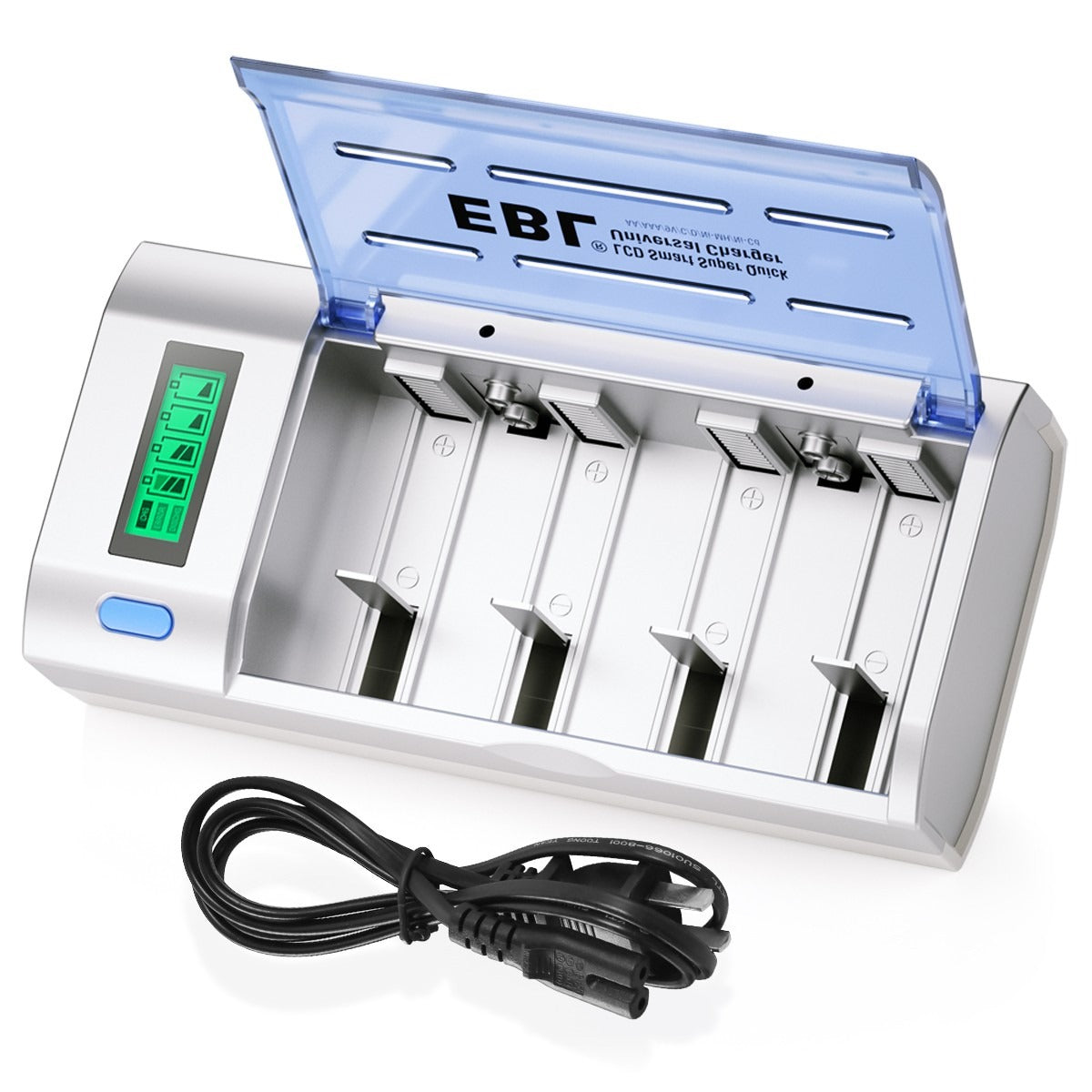
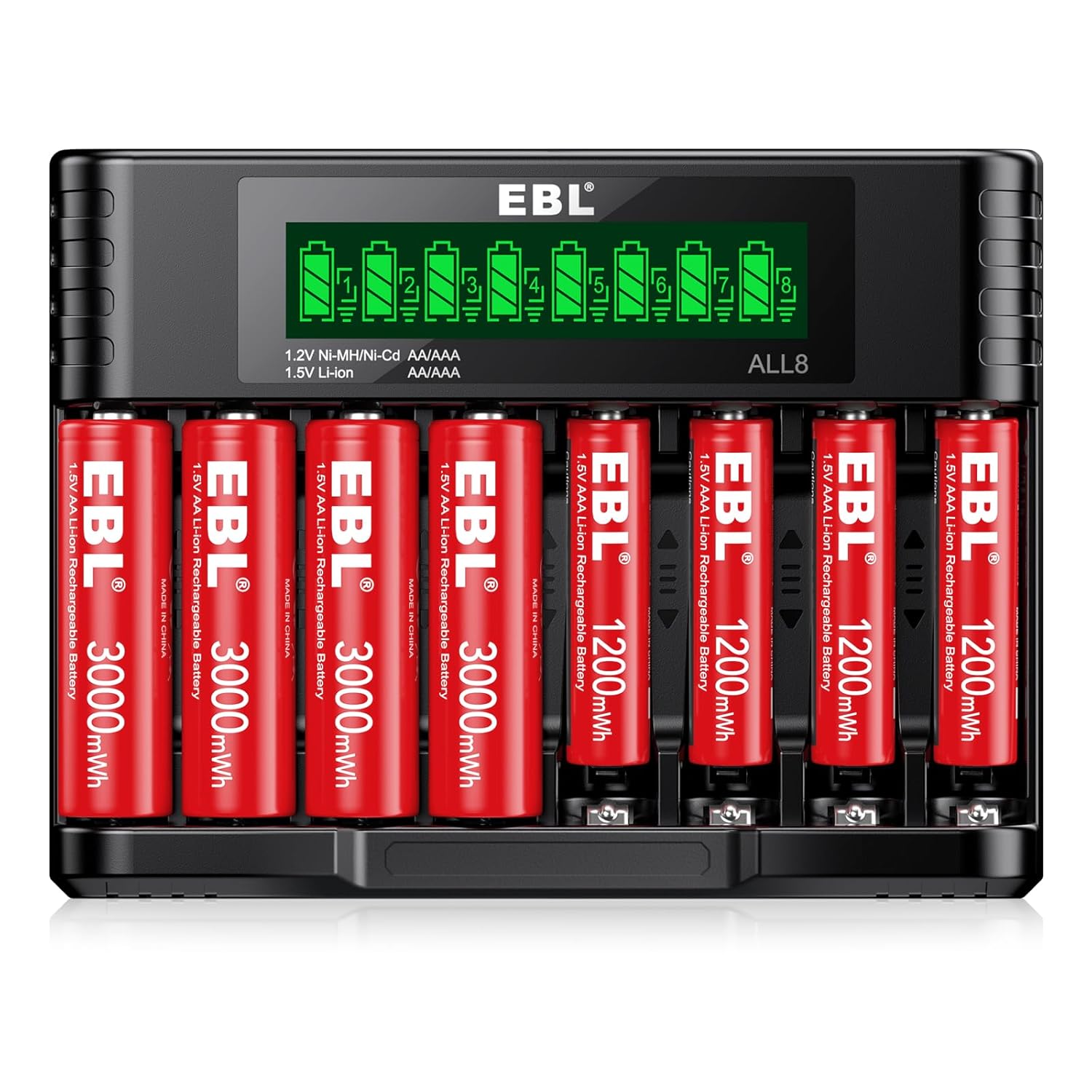

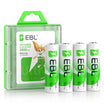
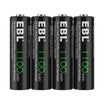
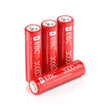

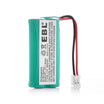
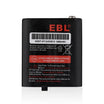
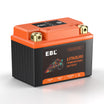
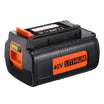

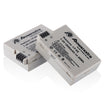
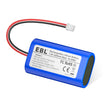
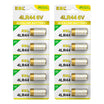
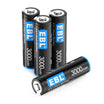
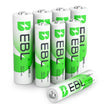


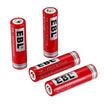

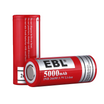

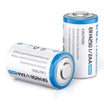
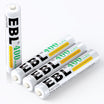
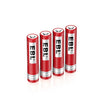


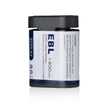
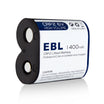
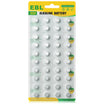
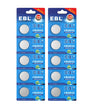
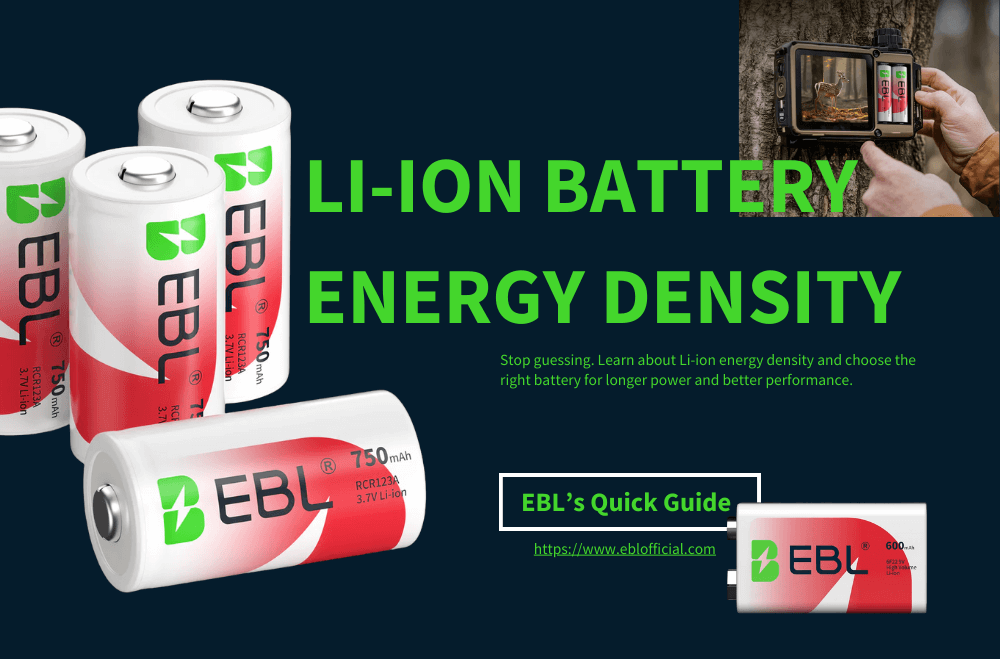



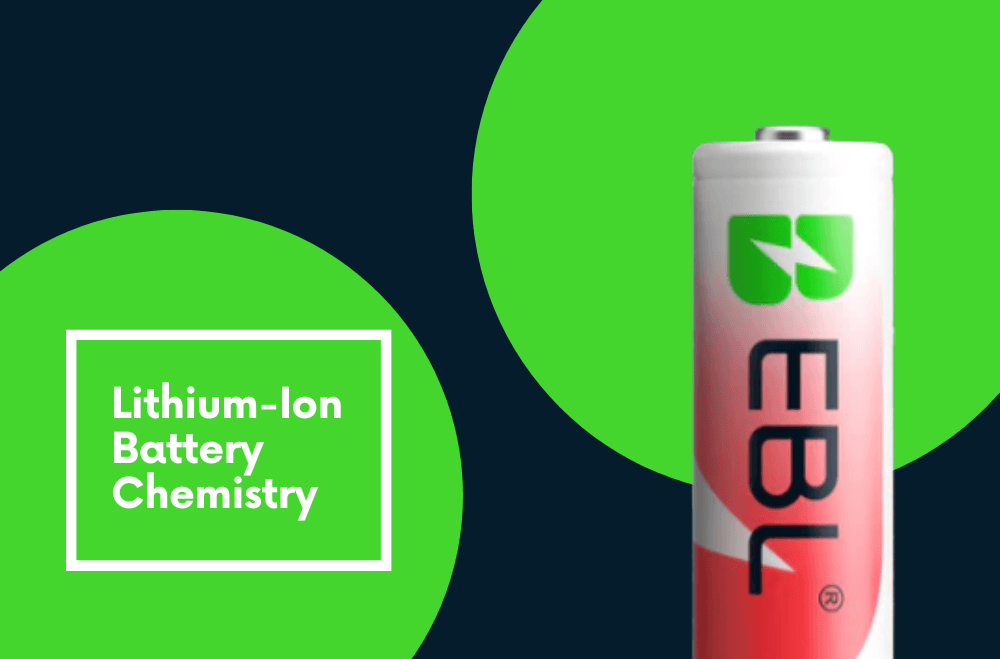
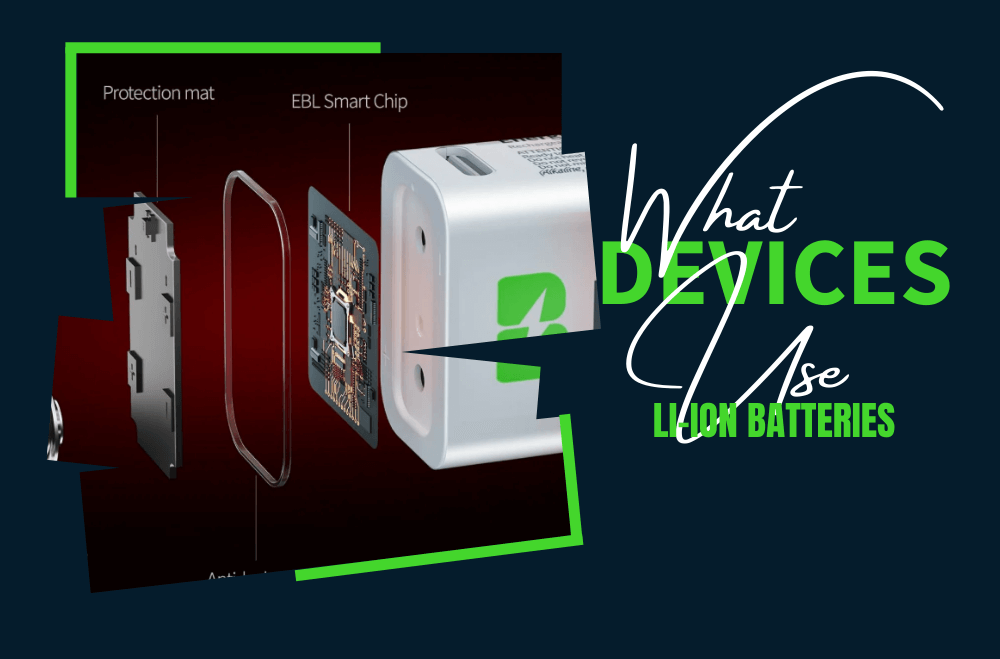
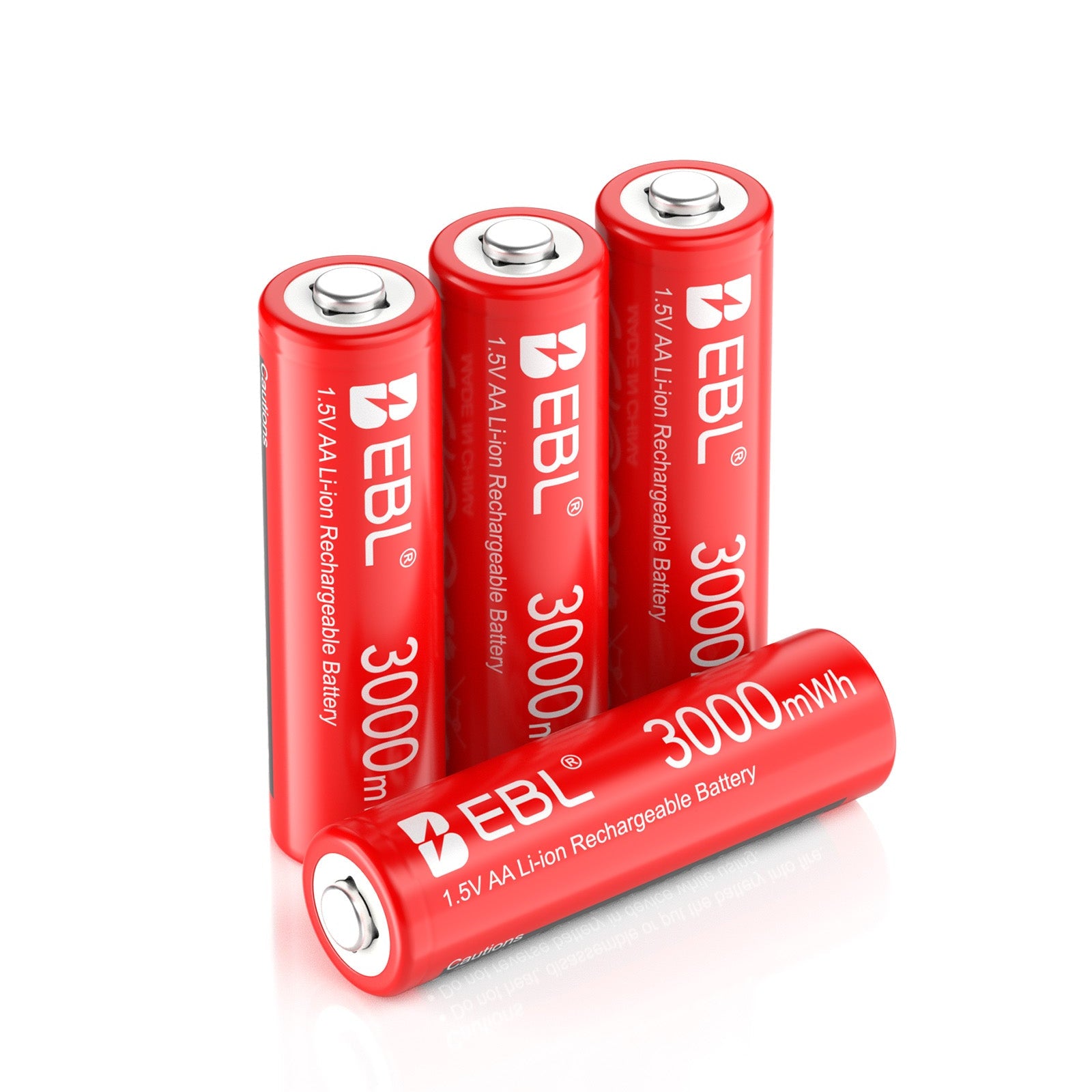
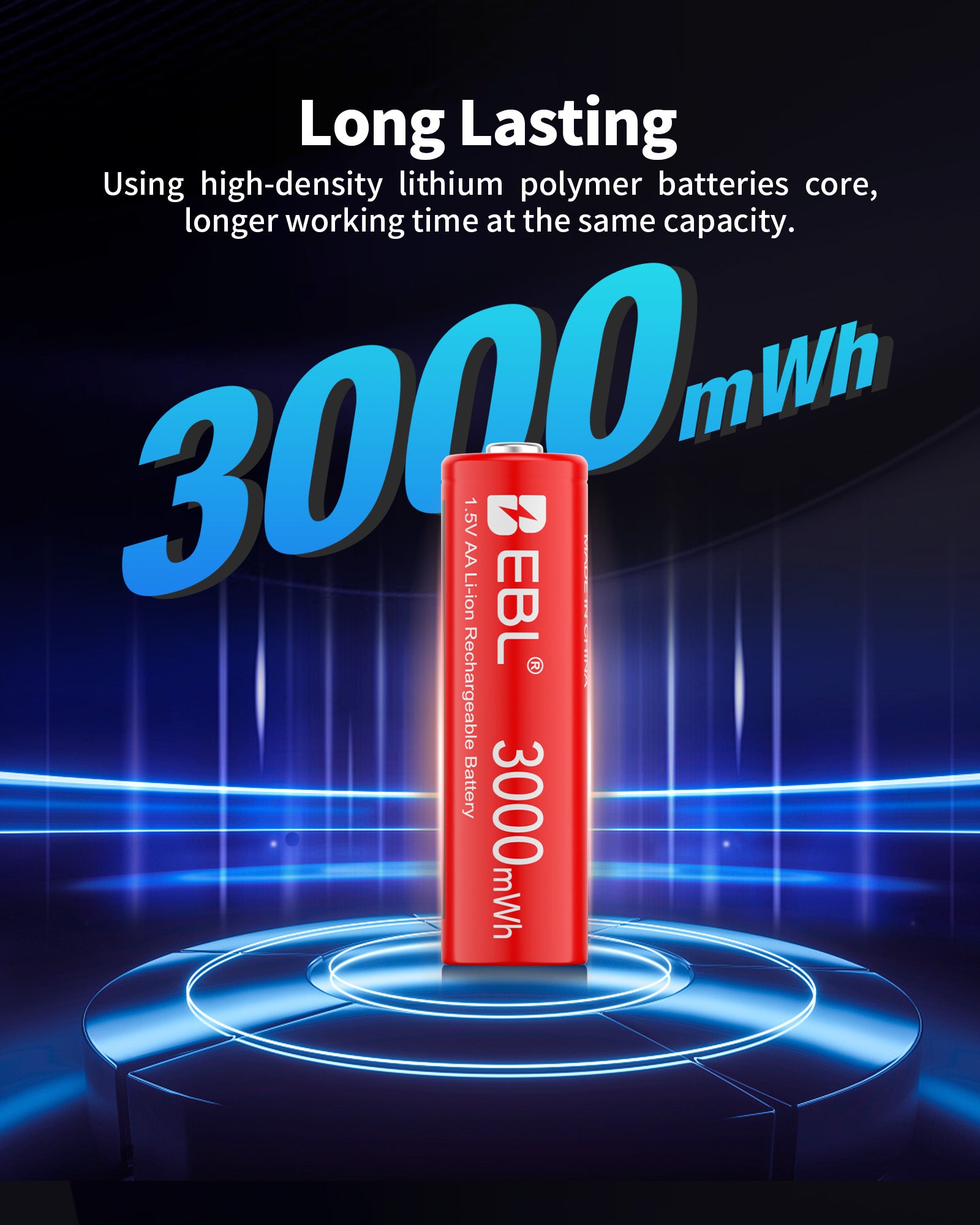

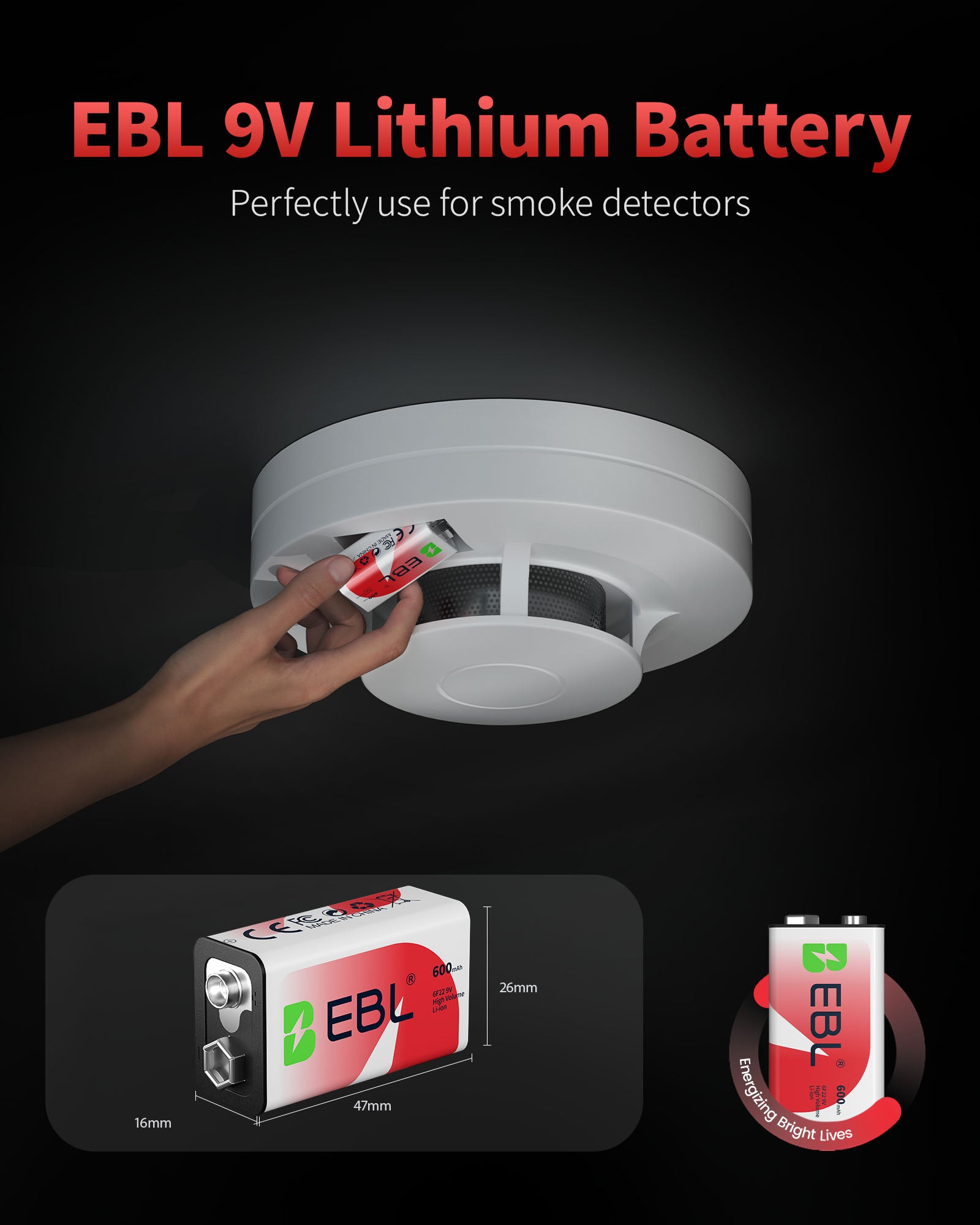
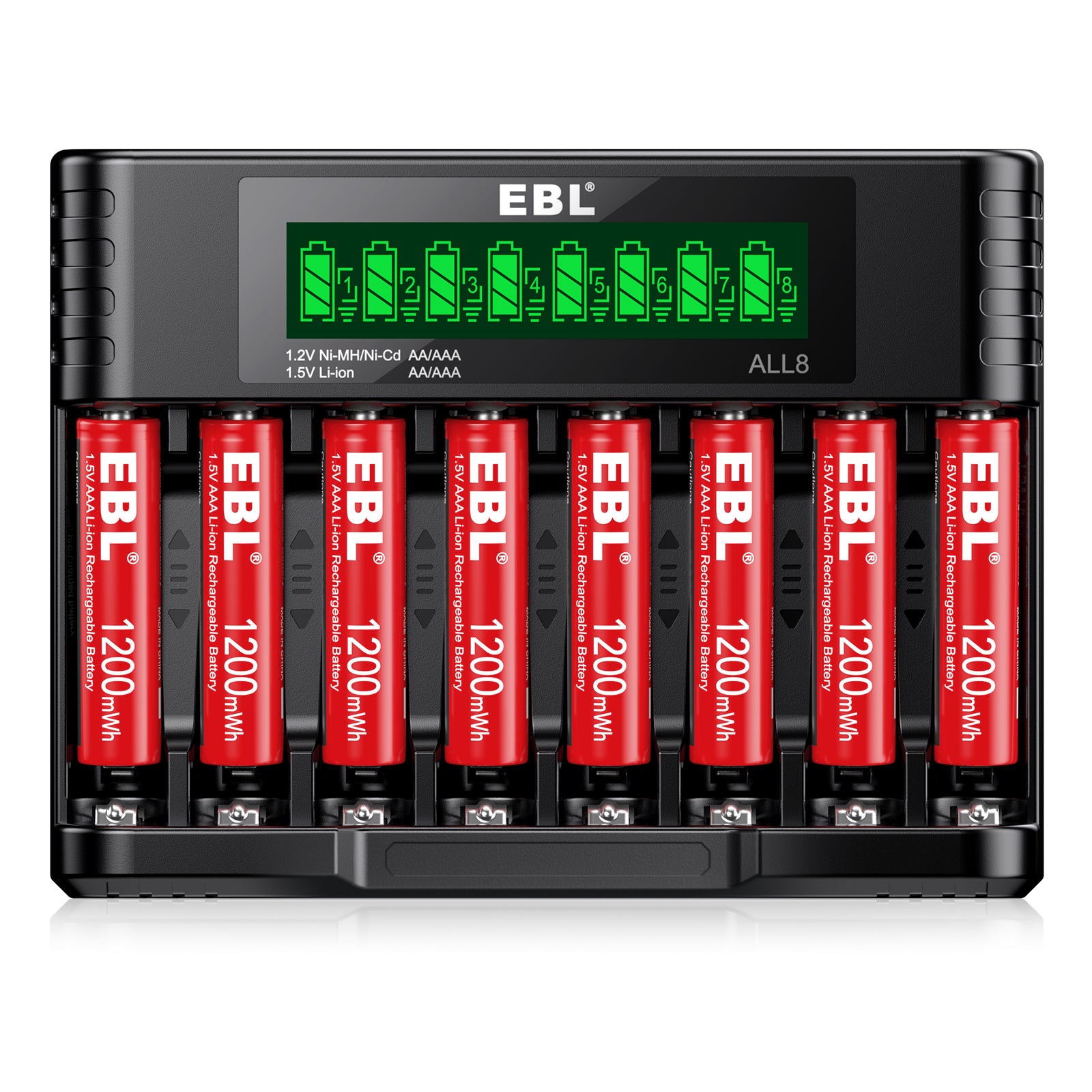
Leave a comment
All comments are moderated before being published.
This site is protected by hCaptcha and the hCaptcha Privacy Policy and Terms of Service apply.